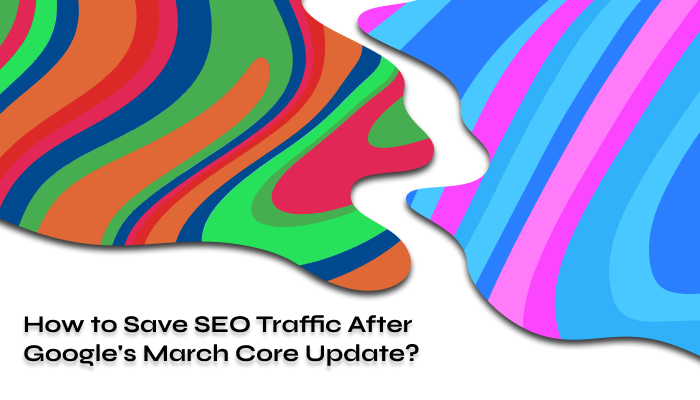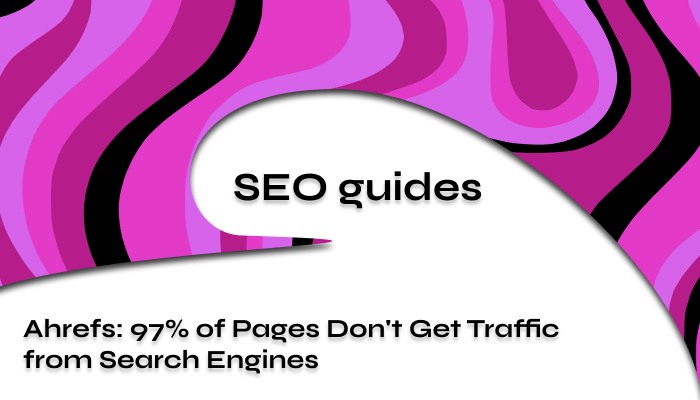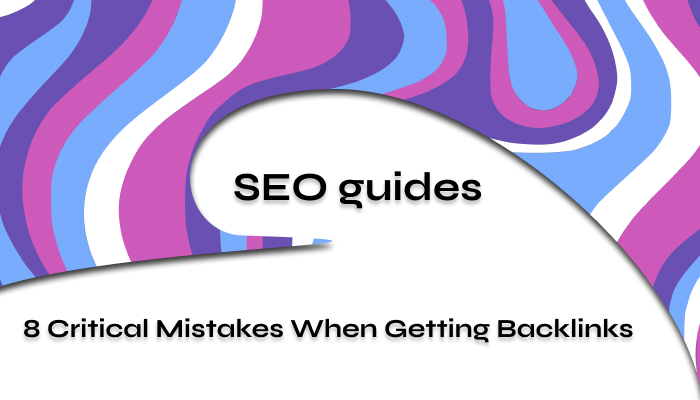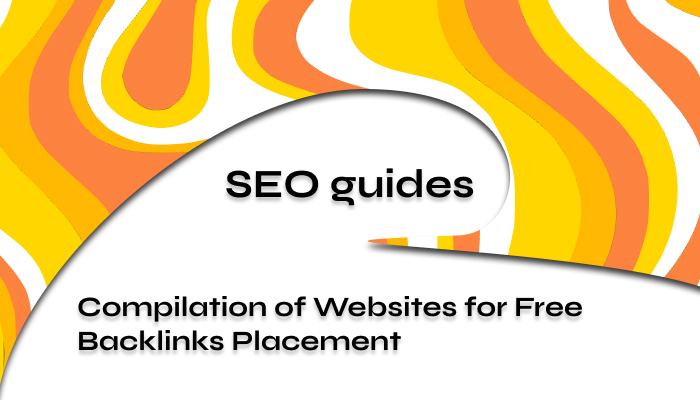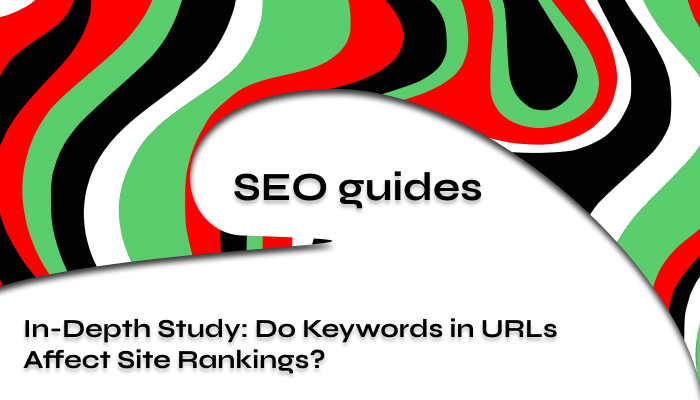Currently, Google’s search engine utilizes over 100 basic ranking factors, which intricately combine to form separate website ranking subsystems. For instance, the content deduplication system employs more than 20 basic ranking factors (PageRank, page location in the XML sitemap, URL length, etc.). There are hundreds of such ranking subsystems, with only a small number described in the documentation. And you must understand that each basic factor is used multiple times in various ranking subsystems.
Why website navigation matters in SEO?
One of the crucial ranking factors is website navigation. It encompasses menu structure, internal linking, and the presence of various elements allowing users to navigate and interact with the site (e.g., blocks of related products/articles). The better the navigation on the site, the easier it is for users to find the necessary information/product, thus enhancing the user experience (satisfaction).
One of the most obvious advantages (but not the only one) of good navigation is the redistribution of “link juice” to important pages, allowing the accumulation of weight on these important pages (PageRank). However, the importance of good navigation goes deeper.
The significance of good navigation is underscored by the widespread use of user ranking factors in Google’s subsystems. As revealed during the Google trial, Google collects and analyzes user interactions with pages: clicks, hovers, scrolls, and swipes to understand how well the page aligns with the search function.
These data are accumulated over 13 months, categorized into typical site interaction groups, and benchmark groups compared with user behavior on the site (falling into one of the benchmark groups). This is how the GLUE subsystem works, which is a part of the broader Navboost system.
So, the Navboost system is trained on user data, remembering all clicks on requests over the past 13 months. Navboost’s main purpose is the initial filtering of documents that are not particularly needed in the search results and reducing the list of documents to a manageable number for subsequent ranking. Several more stages will occur before the final search results assembly.
By the way, until there are clicks on the site, the Navboost system won’t work properly — so basically it’s like a sandbox for young projects.
Navboost combines various user signals and algorithms to determine the most suitable results for queries. It analyzes factors such as clicks, user behavior, website quality, relevance, and context. Understanding the user’s intention to visit a specific website or resource, Navboost strives to prioritize accurate and useful information in the search results.
Conclusion
Navigation should be well thought out, menus shouldn’t mislead users, it should be simple (the 3-click rule), there shouldn’t be any unnecessary redirects or orphan pages on the site. And let’s not forget about semantic tagging of navigation (and microdata for breadcrumbs). The primary task of navigation is to ensure that users can easily access the desired section of the site.
Thus, sites with well-structured navigation elements, clear information hierarchy, and easy-to-understand structure are more likely to benefit from Navboost.




